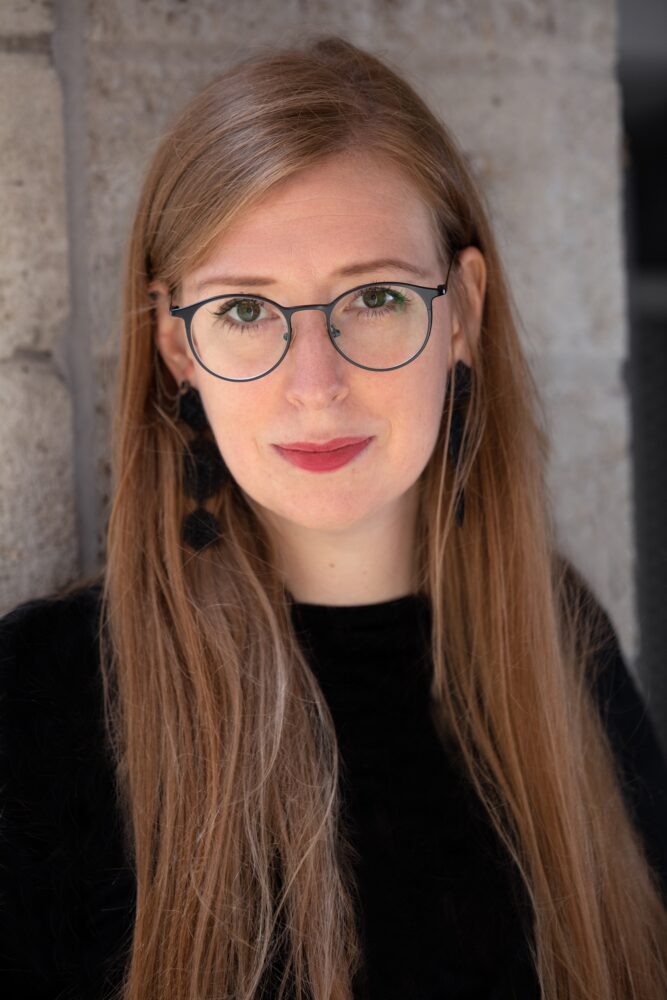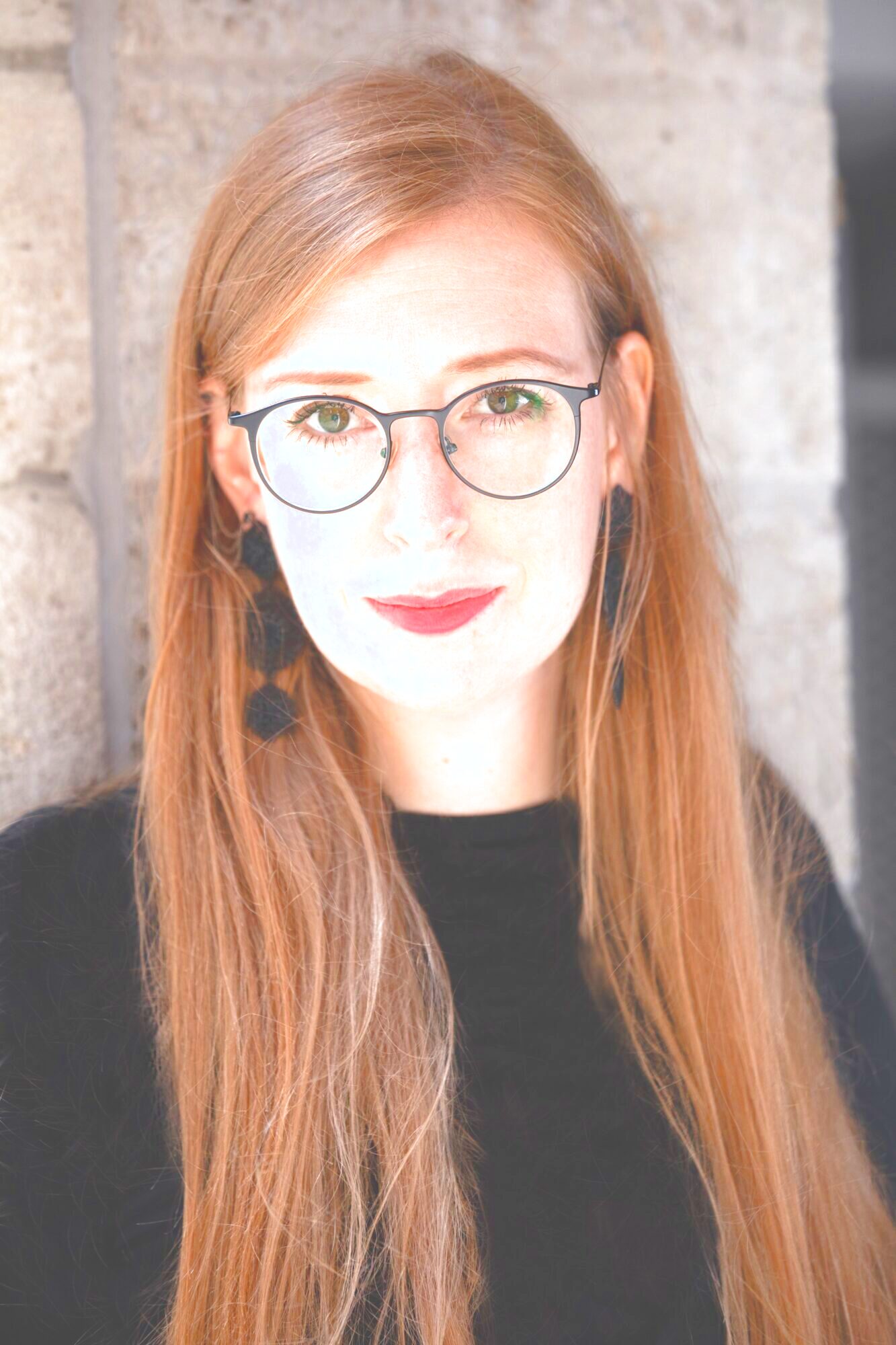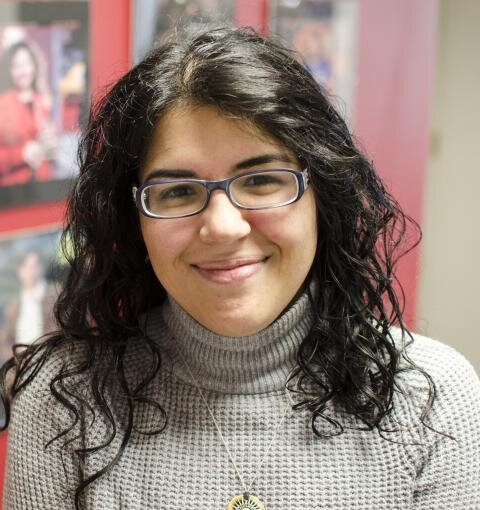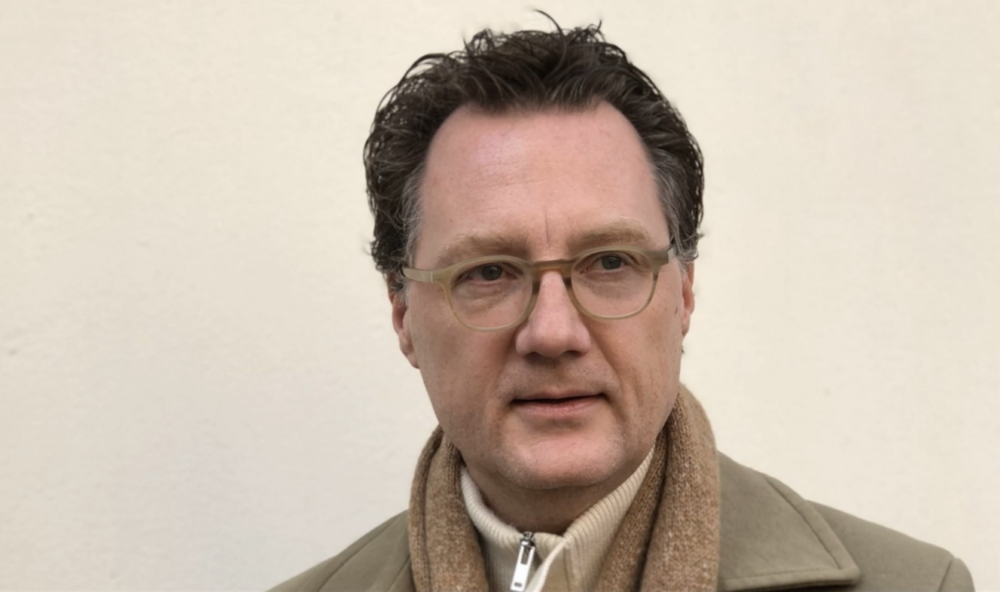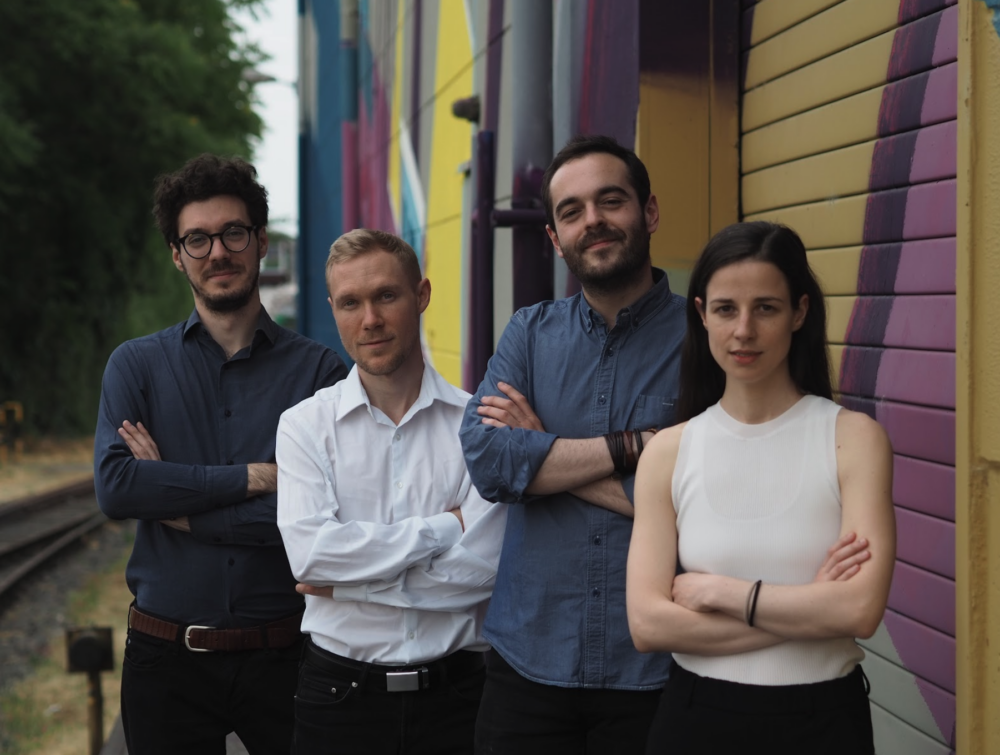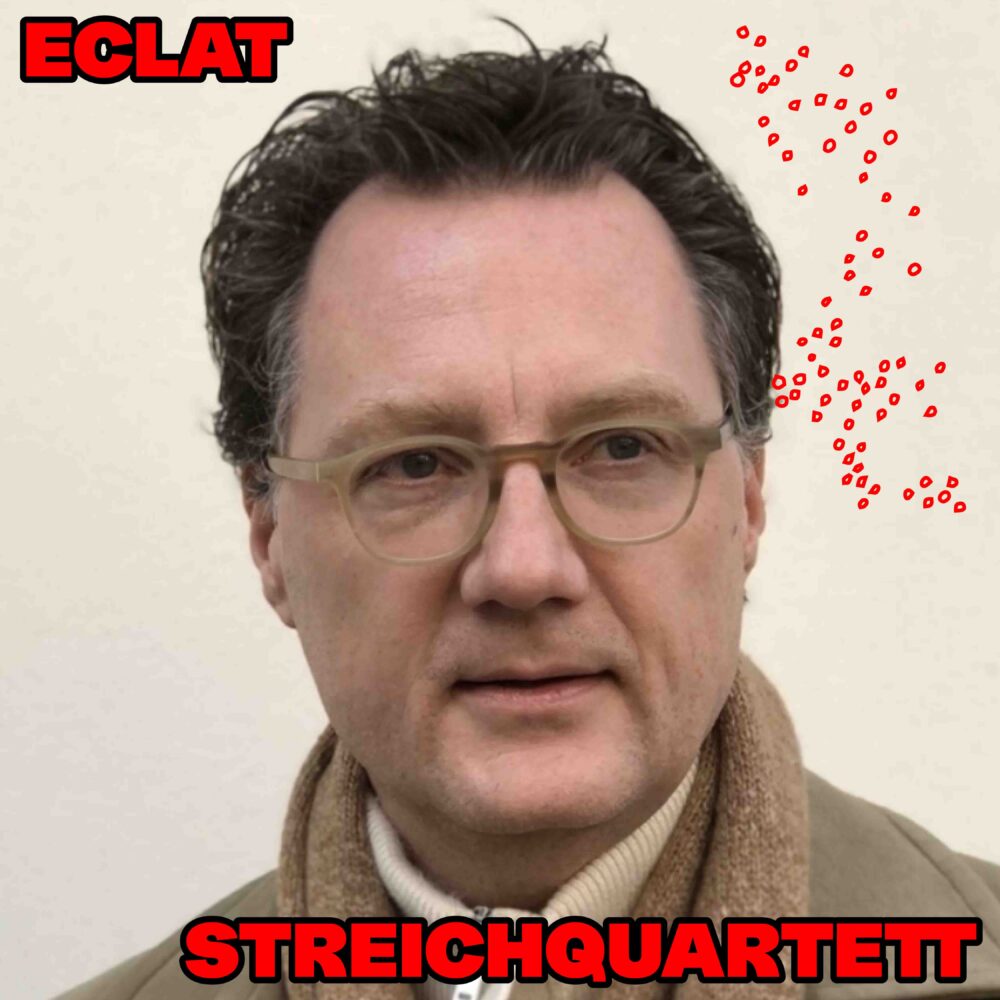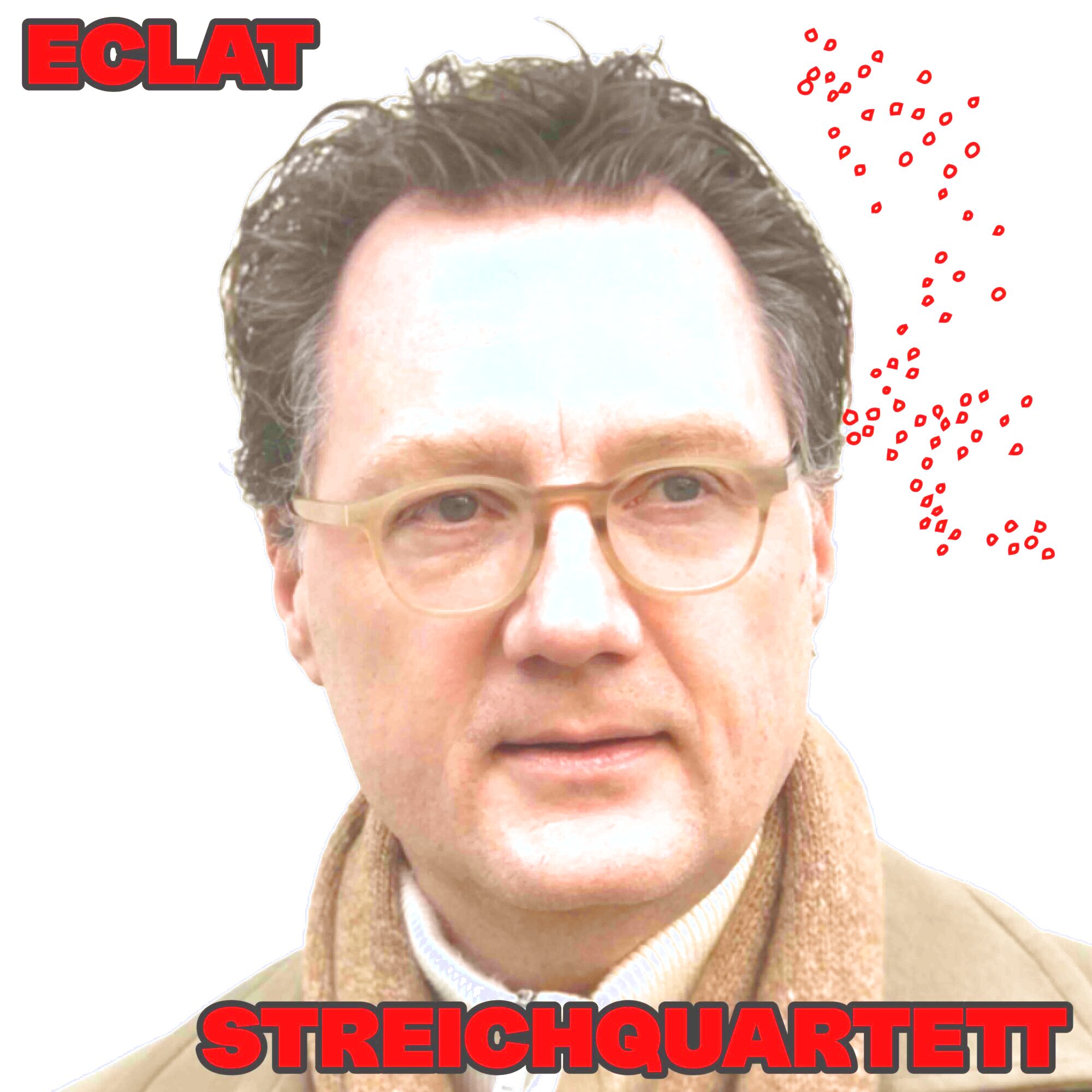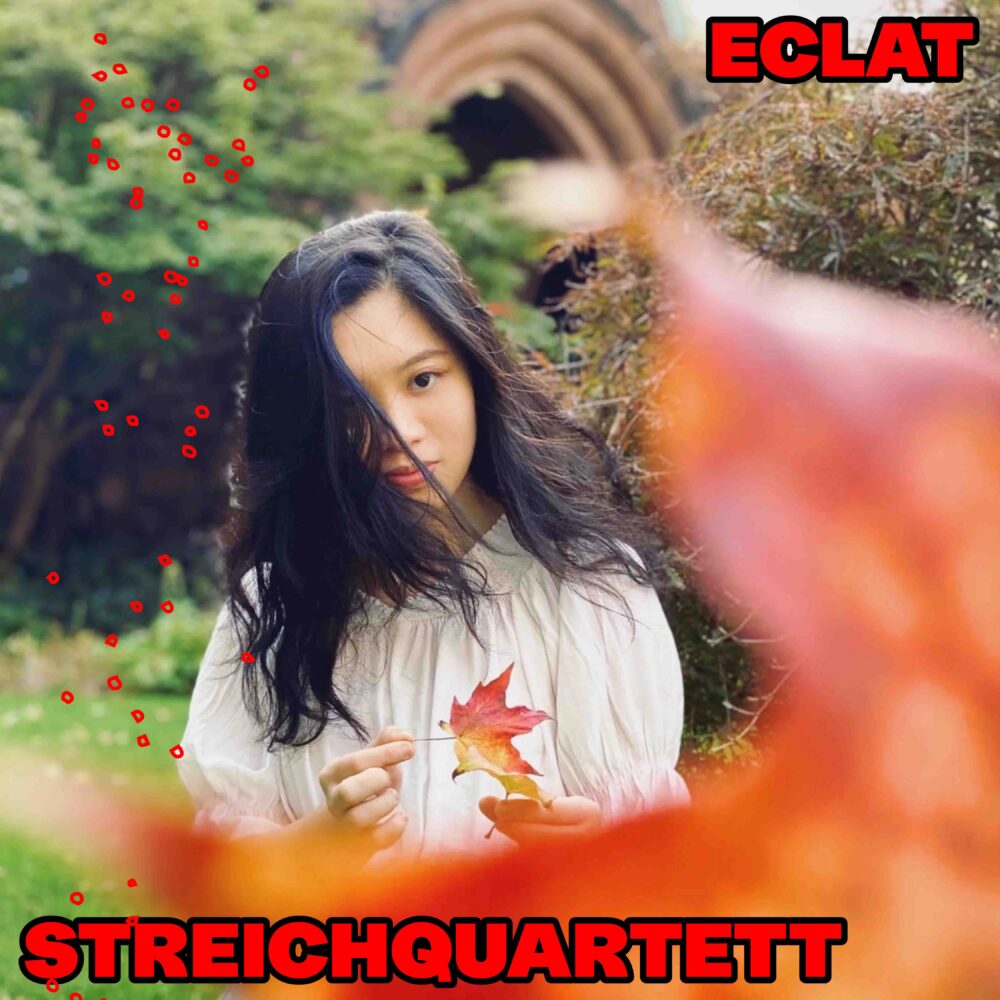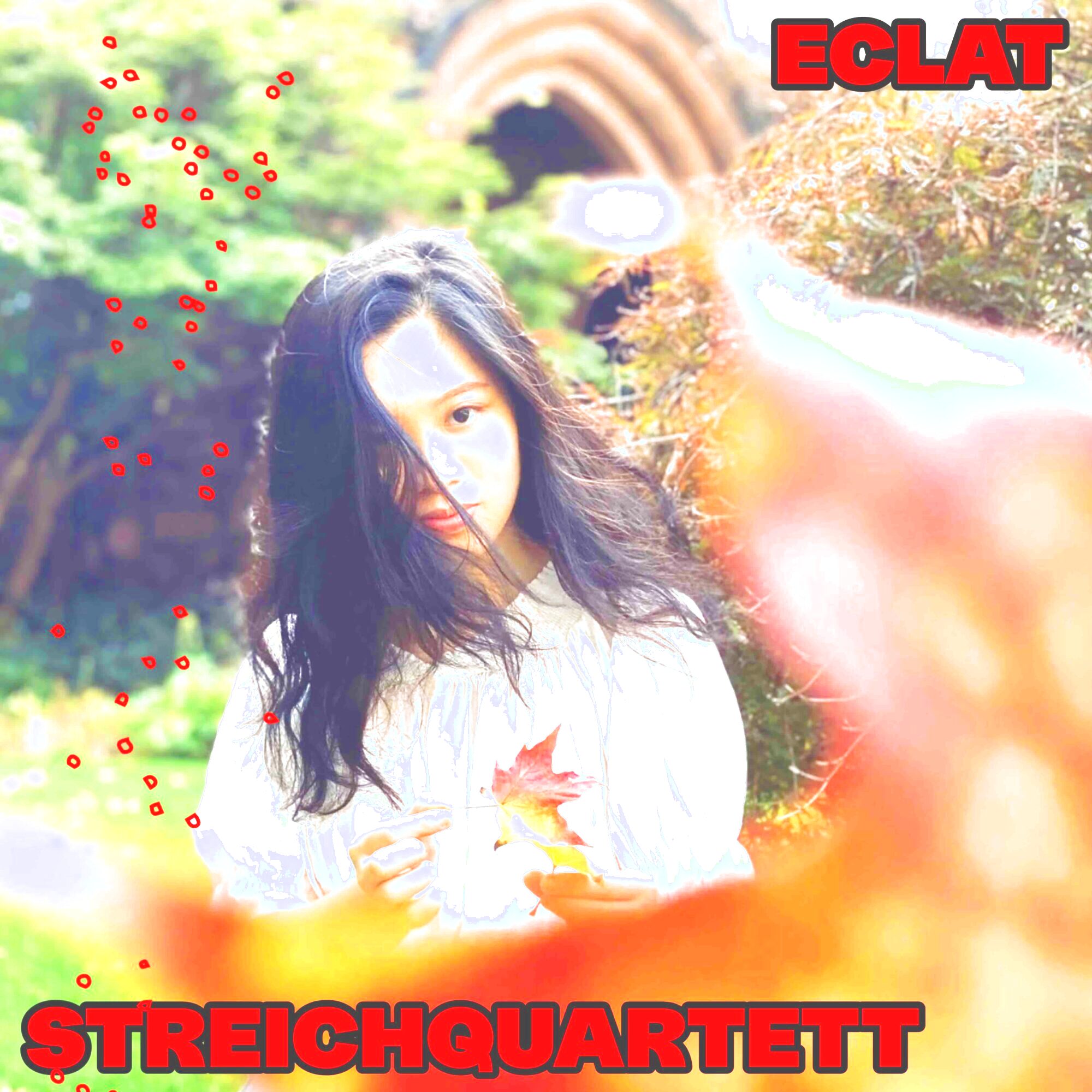Kathrin A. Denner (*1986) studied trumpet, music theory, and composition with Theo Brandmüller, Wolfgang Rihm, and Johannes Schöllhorn at the music conservatories in Saarbrücken, Karlsruhe, and Freiburg. Since 2024, she has been pursuing a doctorate at the Collège Doctoral Européen d’Interprétation et de Création Musicales GLAREAN, focusing on time in contemporary music and dance.
Her compositions arise from a playful, almost childlike curiosity in working with musical material. This material is deconstructed, filleted, examined, and reassembled – sometimes precisely, sometimes transformed. The focus is on exploring its properties, its behavior, and its reactions to changes. It is about the concentrated action of the material: the conscious decision for gestures, forms, or structures and their precise, radical processing.
She has won numerous awards, including the German Music Competition, and has been honored with the Heidelberger Künstlerinnenpreis and the German Music Authors’ Prize from GEMA, and has received working scholarships from the Deutsche Akademie Rom, Herrenhaus Edenkoben, Villa Concordia, and the Künstlerstadt Kalbe.
For the concerns of composers, she is actively involved as a board member and in the leadership team of the E-Music section of the German Composers’ Association and as a delegate for the extraordinary members of GEMA. She is a passionate lecturer at the Trossingen University of Music.


